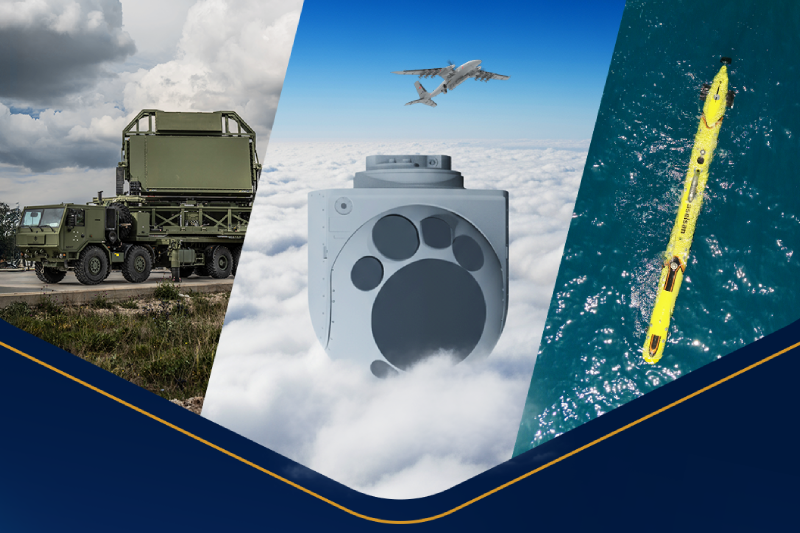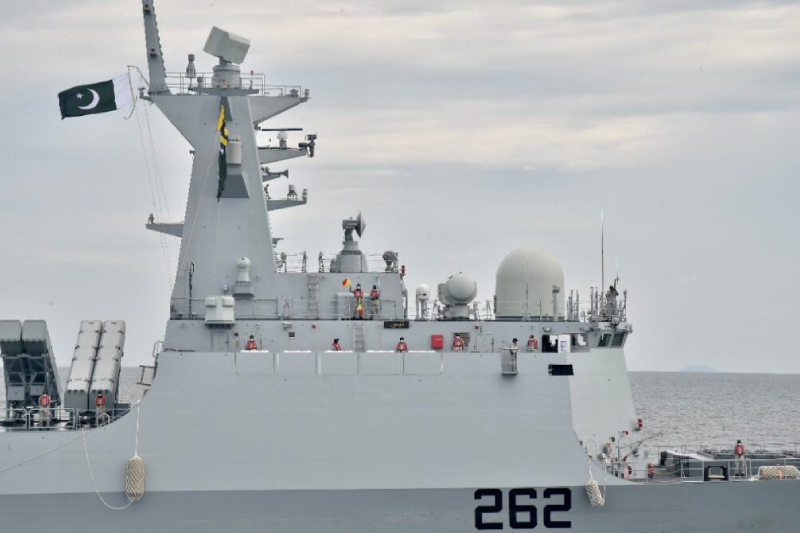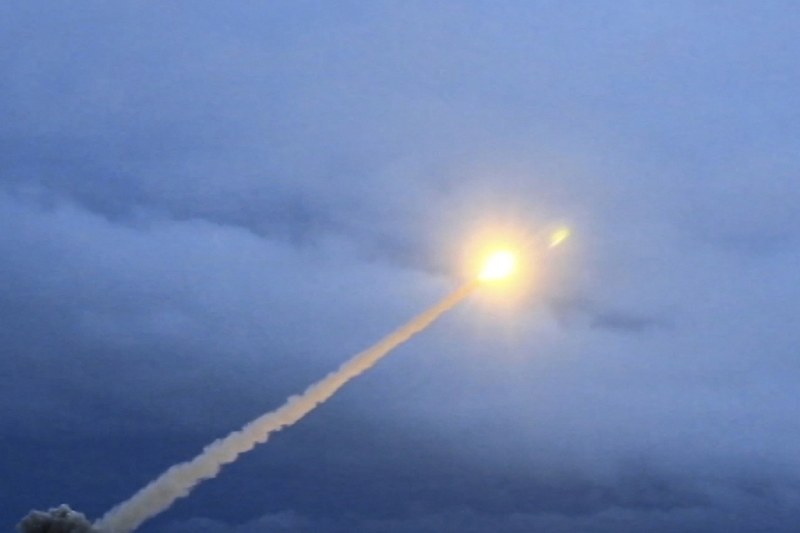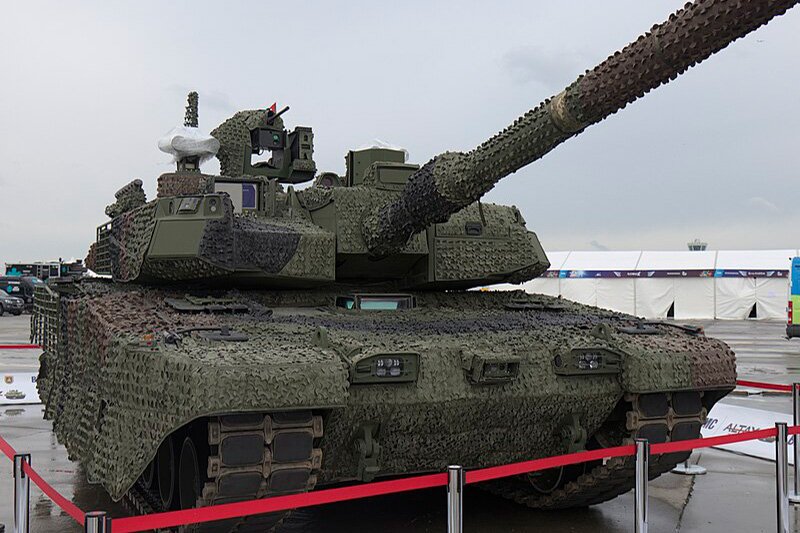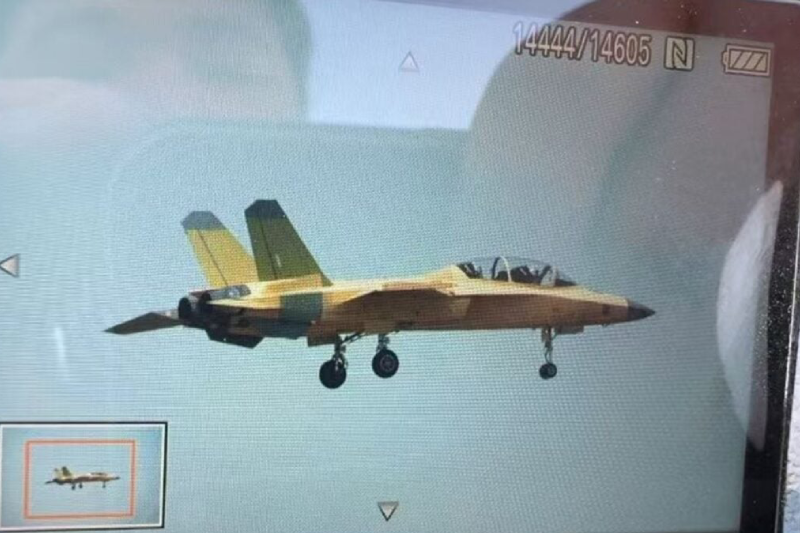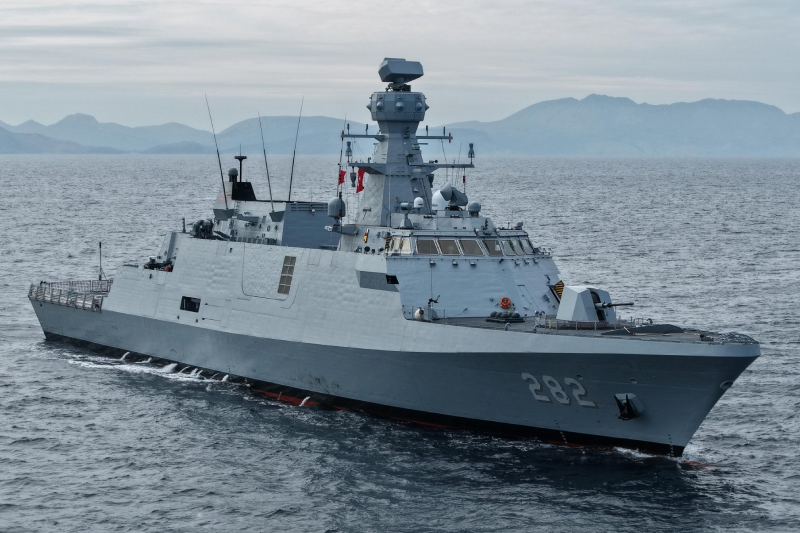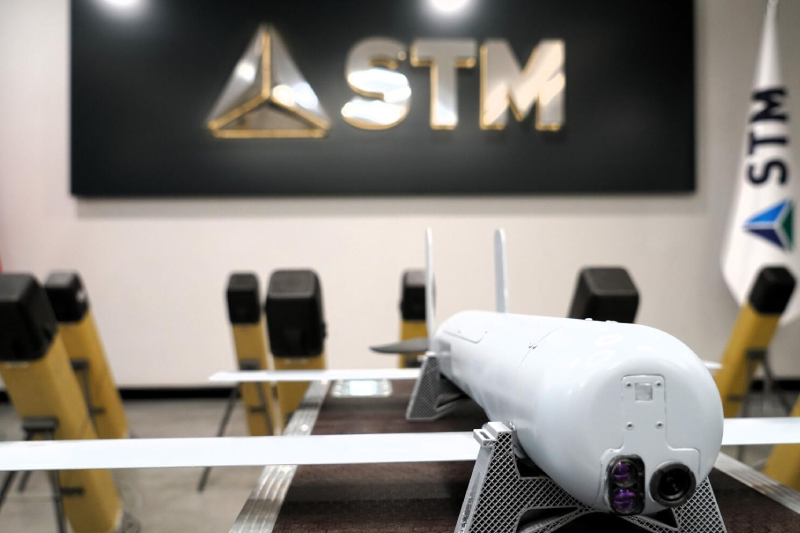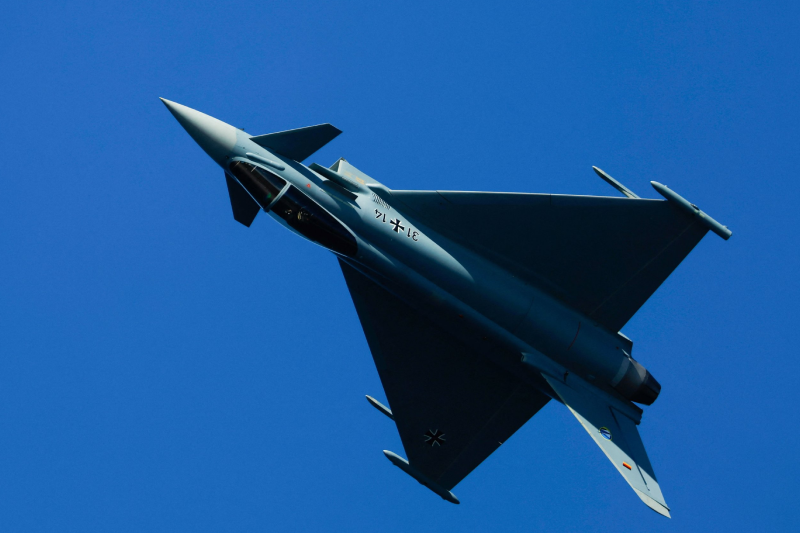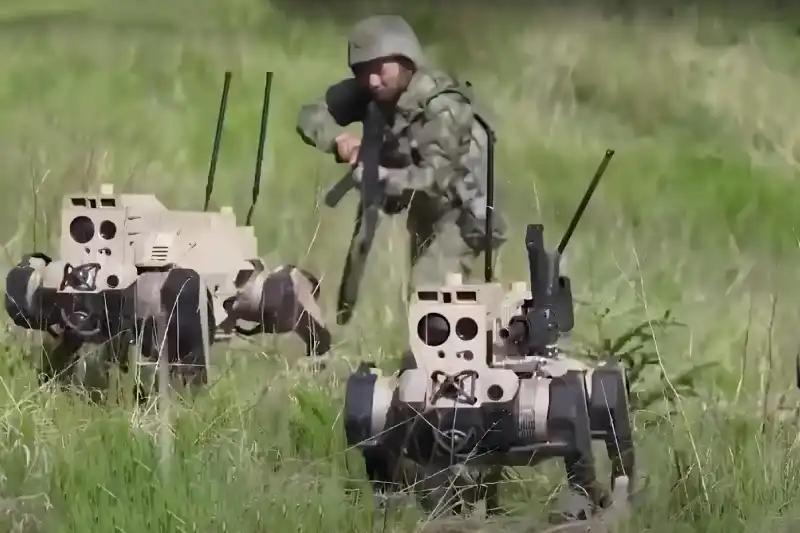China Tests Armed Robotic Dogs In Live-Fire Combat Drills
China’s People’s Liberation Army (PLA) has taken a significant leap forward in military technology as China tests armed robotic dogs in live-fire combat drills, showcasing a bold step into the future of automated warfare. This unprecedented exercise marks a turning point in the integration of robotics and artificial intelligence on the battlefield. By deploying these weaponized machines, China is demonstrating its commitment to advancing modern combat capabilities and establishing itself as a global leader in military robotics.
PLA Conducts Advanced Military Exercises
The China deploys armed robotic dogs in live-fire drills exercise was conducted by units of the PLA’s 76th Group Army in a mountainous region of northern China, strategically located near the Russian border. State broadcaster CCTV-7 released exclusive footage showing these four-legged robotic platforms equipped with automatic rifles, seamlessly integrated into infantry operations and advancing across challenging terrain while providing crucial covering fire support.
According to Defense Blog reports from July 14, this exercise represents one of the most public demonstrations of China’s expanding use of robotic ground platforms in tactical military scenarios. The sophisticated robotic systems, resembling mechanical dogs, showcase advanced capabilities that could revolutionize modern warfare.
Technical Capabilities and Performance
The robotic platforms demonstrated remarkable technical prowess during the exercises. These systems exhibited superior obstacle avoidance capabilities, maintained seamless remote communication with human operators, and executed precise target engagement in close-quarters combat scenarios. The televised footage revealed PLA soldiers maneuvering strategically while robotic units crawled forward and engaged simulated enemy positions with rifles mounted on their backs.
A PLA instructor featured in the broadcast emphasized the robots’ primary purpose: “These robotic systems can follow soldiers across complex terrain and provide firepower where human troops are most vulnerable.” This statement underscores the strategic advantage these platforms offer in reducing human casualties while maintaining operational effectiveness.
Strategic Military Applications
PLA officials have identified multiple strategic roles for these robotic platforms, including reconnaissance missions, suppression of enemy positions, and urban combat support operations. The systems were tested alongside small tactical drones, which provided aerial surveillance and relayed critical targeting information to ground forces, creating a comprehensive networked combat system.
The integration of air and ground robotics represents a fundamental shift in PLA operational doctrine, with increased emphasis on unmanned systems and networked combat capabilities. This approach enhances situational awareness and operational efficiency in contested environments, providing significant tactical advantages.
Global Military Robotics Competition
The China tests armed robotic Dogs in live-fire combat drills follows similar efforts by the United States, Russia, and other militaries to expand the use of autonomous and semi-autonomous technologies in combat scenarios. This global race for military robotics supremacy highlights the increasing importance of artificial intelligence and automation in modern warfare.
Recent examples include soldiers from Ukraine’s 28th Separate Mechanized Brigade demonstrating robotic dogs on the front line, employing them for reconnaissance in contested villages. These robots, equipped with advanced sensors and cameras, were used to scout enemy positions and reduce risks during street battles, proving their practical battlefield value.
Future Implications for Modern Warfare
The successful deployment of armed robotic dogs in live-fire drills represents a paradigm shift in military strategy and tactics. These systems offer unprecedented advantages in terms of operational flexibility, reduced human risk, and enhanced combat effectiveness. As military robotics technology continues to advance, we can expect to see increased integration of autonomous systems across all branches of the armed forces.
Chinese defense analysts describe these drills as part of a broader transformation in PLA operational doctrine, emphasizing the critical role of unmanned systems in future military operations. The combination of ground-based robotic platforms with aerial drones creates a comprehensive autonomous warfare ecosystem that could fundamentally change how military operations are conducted.
Also read this: China Deploys Advanced Howitzers for High-Altitude Precision Strikes
The China deploys armed robotic dogs in live-fire drills exercise marks a significant milestone in military robotics development. As nations worldwide continue to invest in autonomous military technologies, China’s public demonstration of these capabilities signals its commitment to maintaining a competitive edge in modern warfare. The successful integration of robotic platforms into traditional military operations suggests a future where human soldiers and autonomous systems work together to achieve strategic objectives while minimizing human casualties.
This technological advancement raises important questions about the future of warfare and the role of artificial intelligence in military operations. As these systems become more sophisticated and widely deployed, they will undoubtedly shape the strategic landscape of international security and defense for decades to come.
Join us on Facebook, Twitter, YouTube, Instagram, and TikTok for real-time coverage of defense events worldwide.
Discover more from International Defence Analysis
Subscribe to get the latest posts sent to your email.


